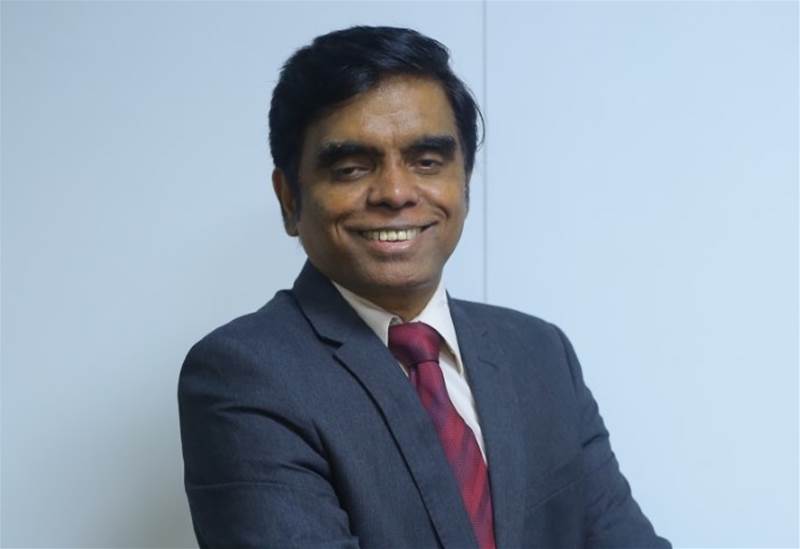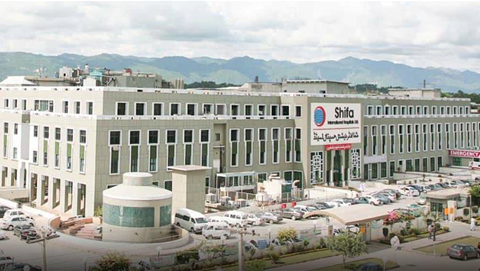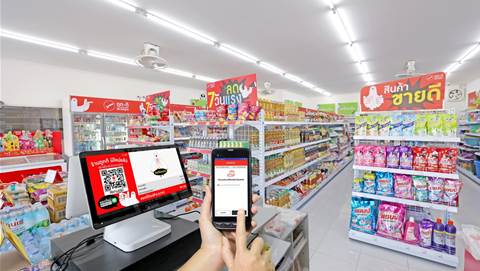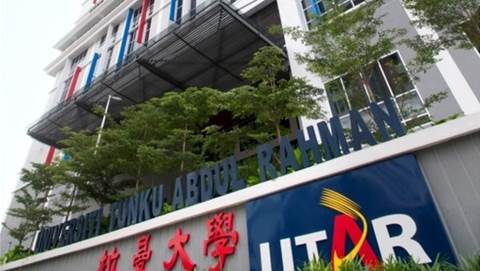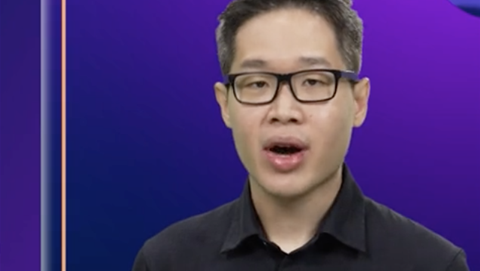Food and agri-business conglomerate Olam International is set to scale up on its digital ambitions and journey over the next three to five years.
President and group CIO Thiagaraja Manikandan told a NetEvents and IDC roundtable last week that the company is building capabilities and systems spanning "hyper" automation, optimisation, digitalisation and convergence.
This will see it make greater use of edge computing, "software-defined everything", and the hybrid cloud, as well as more emerging technologies like quantum computing, metaverse and blockchain, with an aim to bring deep transformation to the agri-food sector.
Singapore-based Olam International supplies food, food ingredients, feed and fibre to 17,300 customers worldwide. It has a presence in over 60 countries.
The company’s business covers a direct and indirect sourcing network of an estimated 5 million farmers, as well as processing, distribution and trading operations.
Manikandan said while a lot of industry verticals are leveraging digital transformation, "I believe the agri-food industry has the maximum transformation opportunities over the next five to seven years".
“We have already identified 11 technologies that we are working on," he said, adding it would be a two- to three-year journey for the company.
Giving an example, Manikandan said that quantum computing could potentially formulate many macro-economic models with regard to demand and supply which are currently not possible to craft with the current tools.
The US$35-billion Olam group is no stranger to supply chain optimisation, though it is likely to rely on advanced analytics, compute and artificial intelligence (AI) tools in future to make additional improvements, Manikandan said.
“These are crucial for supply chains and could lead to a major transformation in the agri-food sector."
Aggressive tech spend
To keep up with the rapid technology advances Olam, “since 2010 has been a very aggressive spender on technology," Manikandan said.
"Year on year, our technology budget has increased by 20 percent and I don’t see that growth coming down within the next five years."
Manikandan said the company has been building up its IT network since 2016 and the objective has been to achieve end-to-end digitalisation.
He added that because of this, the company had no problem smoothly shifting to a digital-first model once the Covid-19 pandemic broke out two years ago, resulting in remote working schedules.
Olam’s digital transformation has, until now, covered around 10 major platforms within the company, according to Manikandan.
“We started with the left-most part of our value chain, that is the farmers, and moved towards the right-most part which is our customers,” he said.
Farmer platforms
On the farmer side, Olam launched four platforms that covered various areas all directly affecting the livelihood of the farmers.
“These include our platform, AtSource, which is used for traceability and sustainability from farm-to-fork because that is the biggest challenge – to track the entire farmland, fertilisers, carbon footprint and other parameters,” Manikandan said.
Another major platform is the farmer services platform, which provides farmers with help to improve their “poor livelihood,” he added.
Olam has also launched a disintermediation platform because products from farmers “changed hands about three or four times before they came to us” thus increasing the price, Manikandan said.
The company wanted to disintermediate and remove middlemen to “increase the livelihood of farmers [and] at the same time increase the profitability of Olam”, he said.
As a result, the company introduced the Olam Direct platform to connect smallholder farmers directly with Olam, “giving them greater visibility and control over the decisions that impact their productivity and profits”.
With Olam having a large number of suppliers, it has also digitised the entire ecosystem to bring in efficiency, Manikandan said.
Olam simultaneously introduced a full stack of digital systems from SAP and Salesforce CRM, he added.
Digital warehousing
Due to the nature of its business, Olam has thousands of remote warehouses and it launched a digital warehousing platform to track each one of them, Manikandan said.
The company has also launched a “smart farm initiative” to help farmers improve incomes.
Explaining the concept, Manikandan said Olam was “one of the largest corporate farmers in the world, managing millions of hectares of land” and it uses a “smart farms model” where drones, image analytics, IoT and other technologies are used to improve farm yields.
Olam has also launched two customer-centric platforms to get more revenues and more customers into the business.
These include Olam Markets to connect the entire customer base, as well as an e-commerce platform,” Manikandan said.
Manikandan said the company would continue to be an “aggressive spender on technology, but not spend for the sake of spending.
"We will be a responsible spender as well," he said.
Manikandan added that he personally felt the return on investment (RoI) measure on tech spend is the “most ridiculous thing IT tried to do”.
“I think you need to see the overall value (of tech spend)," he said.
"As long as we are delivering in terms of business growth and values, in my view that should be perfectly fine and I have always worked on this model."
